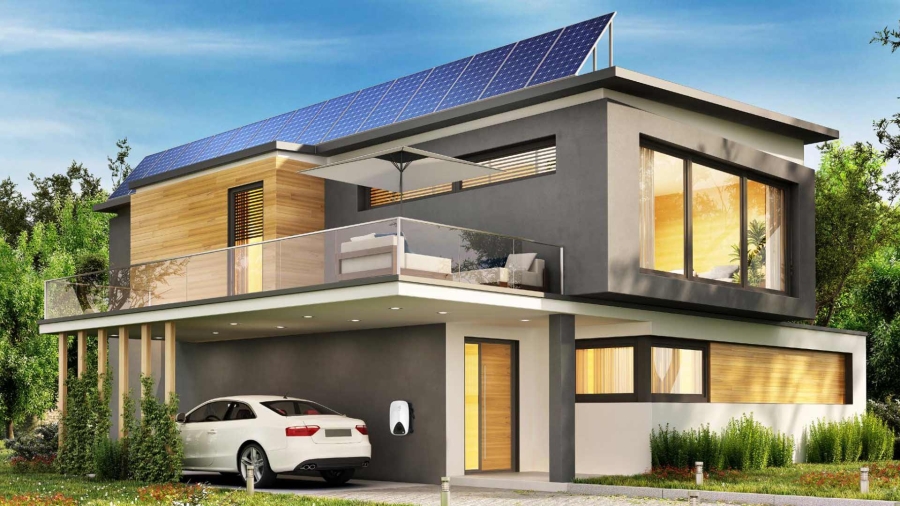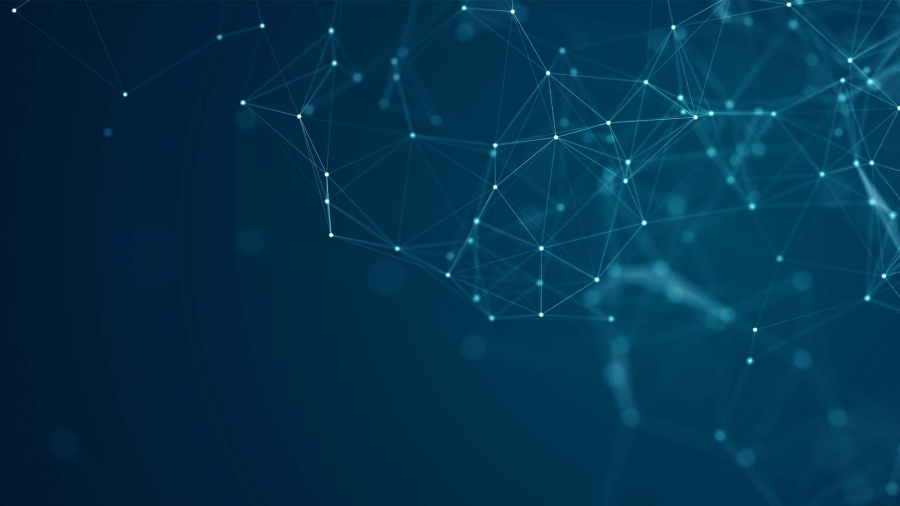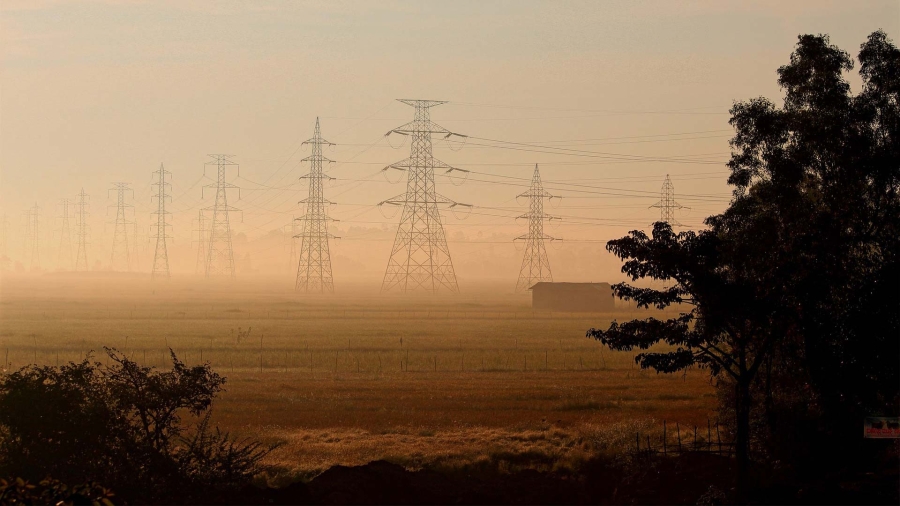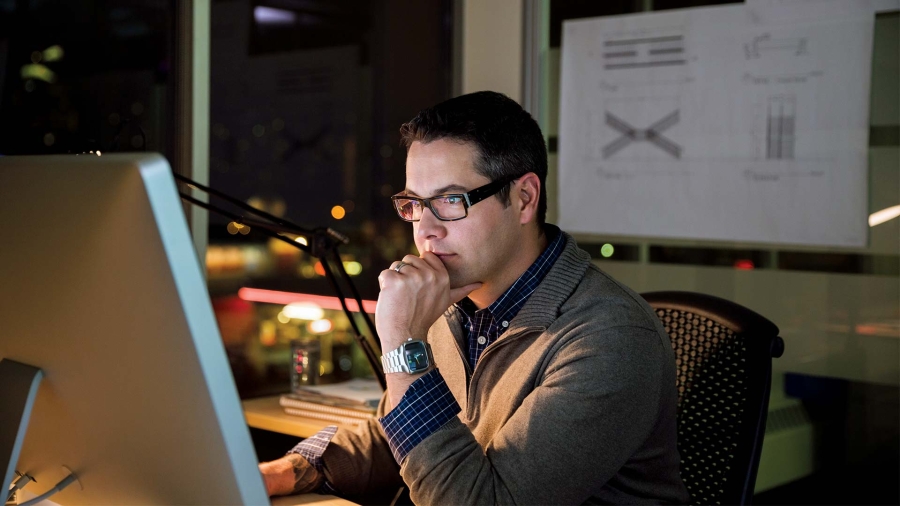As more and more countries strive for net-zero emissions by 2050, there has been an increased focus on sustainability and resiliency objectives. The residential segment, which represents 29% of the world’s electricity consumption, plays a big part in achieving this. Schneider Electric, a pioneer in building a sustainable and resilient future, investigates the steps we can all take to make homes more sustainable and proposes a comprehensive solution to improve sustainability and resiliency in the white paper How A Home Energy Management System Improves Sustainability And Resiliency. This paper brings awareness to the common trends in home energy supply and demand and discusses the complexity of managing them. Finally, a home energy management system is described that can help homebuilders and homeowners make a home more sustainable and resilient.

How a home energy management system improves sustainability and resiliency
January 28, 2022
Common trends in home energy supply and demand and best practices for digitally managing them.
How a home energy management system improves sustainability and resiliency

December 19, 2022
Can 2022 accelerate positive change in the energy and climate arena?
The events of 2022 brought untold pain for millions around the world. But they also generated an opportunity we cannot afford to miss: to tackle the energy and the climate crises, hand-in-hand.

January 18, 2024
The fastest path to net-zero buildings
The building sector is currently not sustainable, accounting for up to 37% of energy-related CO2 emissions. To meet 2030 decarbonization goals, existing buildings must be upgraded.

November 20, 2023
The rise of home energy efficiency
How households are adapting their energy use to reduce bills and emissions in the face of global crises

October 13, 2023
The AI disruption: Challenges and guidance for data center design
Data processing power is rising to enable AI. The paper explains AI workload attributes, trends and challenges. It offers guidance for physical infrastructure: power, cooling, racks, software management.

September 1, 2023
Maintaining energy security and resilience with less emissions
How can energy resilience be prioritized while reducing carbon emissions? What other difficult decisions must government agencies and large companies make to ensure a just energy transition? And what are the biggest hurdles standing in the way of decarbonization and digitalization?

June 12, 2023
Energy efficiency: Time to act
Climate change and the energy crisis are reaching critical levels. It is crucial to consider both the energy supply and demand to accelerate the journey to net-zero.

June 1, 2023
Less is more: Time to wake up to the power of energy efficiency
We have all the ingredients. What we don’t have is time: we simply can’t let another two decades, or even just two years, go by before we deploy the power of electrification and digital energy-efficiency technologies to the fullest.

May 25, 2023
Europe’s energy crisis is slowly killing European industries
Continued short-termism in addressing Europe’s energy crisis by many government and business leaders is threatening livelihoods and lives.

March 7, 2023
Three steps to calculate total enterprise IT energy consumption using DCIM
Measuring, reporting, and managing a company’s sustainability performance is starting to drive employee retention, corporate reputation, and contribute to business success.

November 29, 2022
How modern DCIM addresses CIO management challenges
The criticality of IT in every aspect of business has driven CIOs from just filling the tactical role of deploying, operating, and maintaining IT to also focusing on business strategy.


